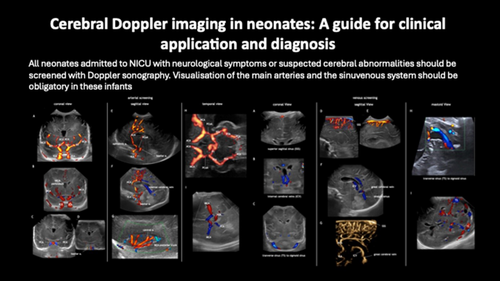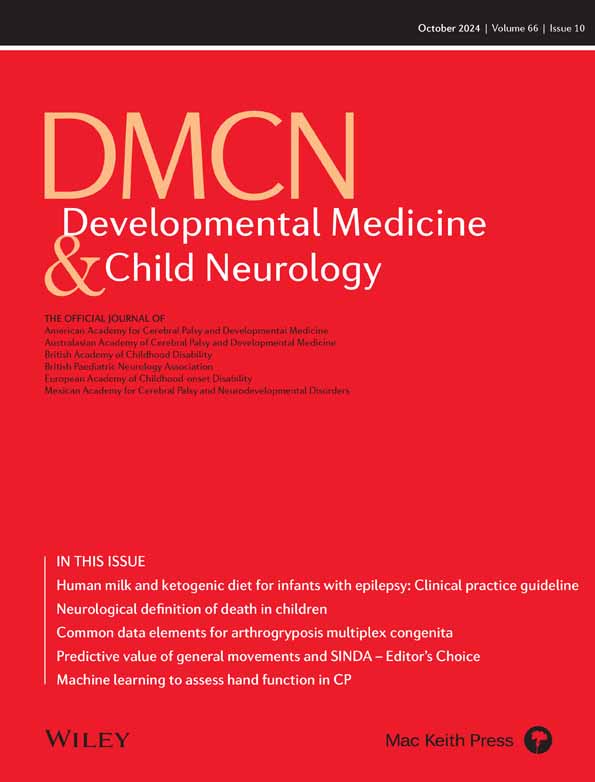Cerebral Doppler imaging in neonates: A guide for clinical application and diagnosis
Cranial ultrasound (CUS) is a trusted method for diagnosing many brain disorders in newborn infants. When combined with Doppler imaging, CUS becomes even more powerful because it can also show how blood is flowing through the brain's blood vessels. This additional information can help doctors make better decisions about a baby's care.
Doppler imaging can detect blood vessel problems that a baby might be born with or develop after birth. If such issues are found, doctors might use other types of scans, like MRI or conventional angiography, to get a clearer picture.
This review aims to help doctors working in neonatal intensive care units (NICUs) become better at using Doppler ultrasound. By improving their skills with this tool, they can more effectively diagnose and treat newborns who show signs of brain problems or blood vessel issues.





